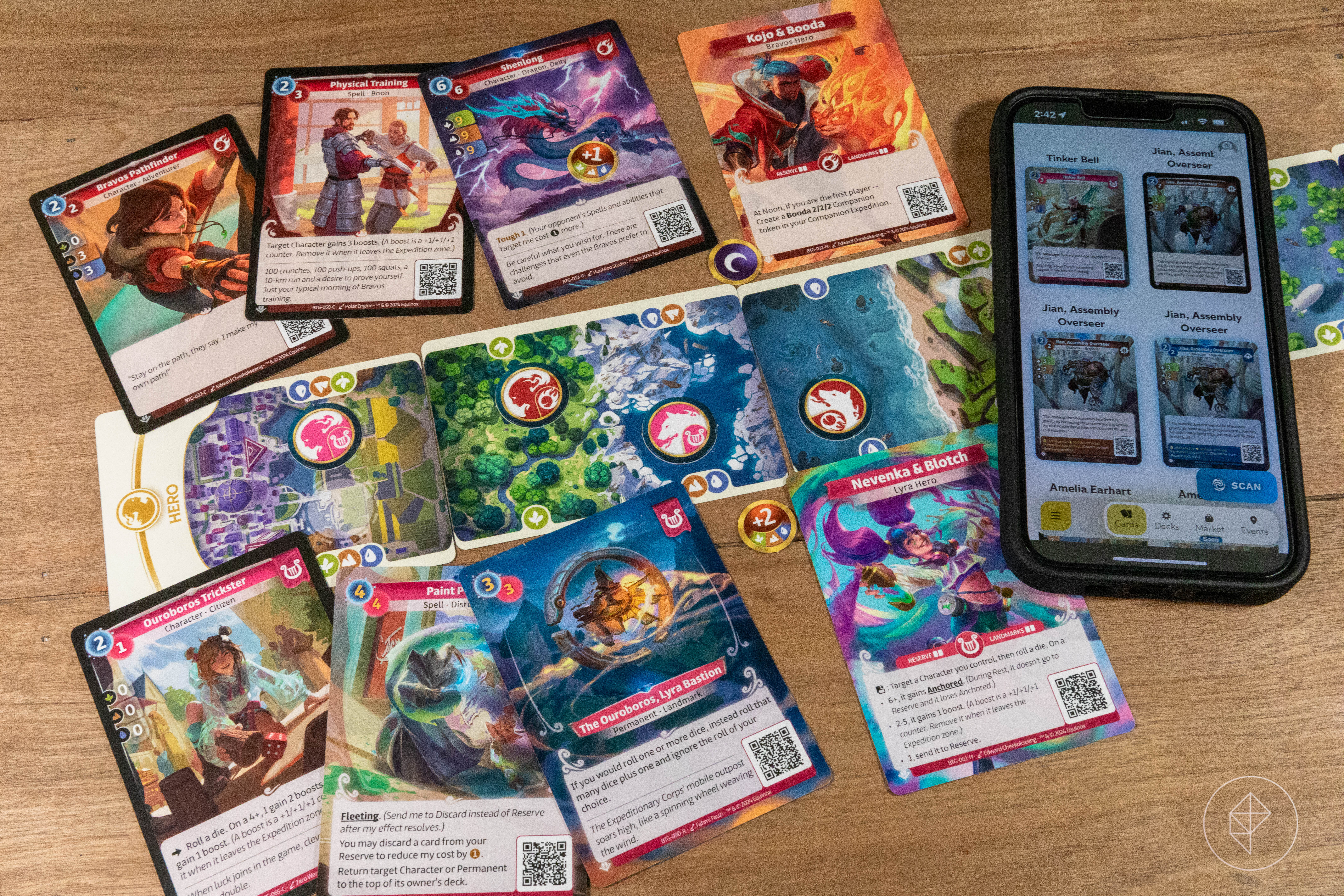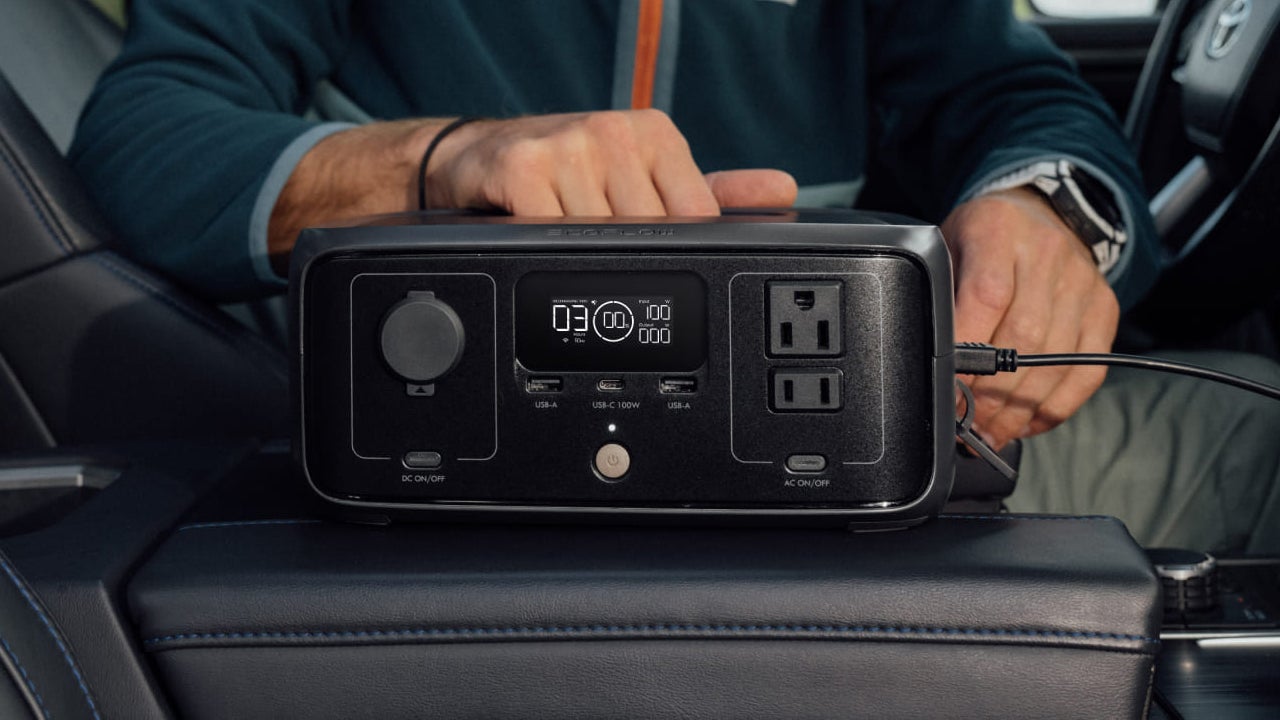A swipe of the mouse, the press of a button, the nudge of a joystick – all actions you perform instinctively in a split second when gaming online. But behind each input and the resulting character response is a chain of data exchanges that the majority of us never really consider.
When it comes to optimising your online multiplayer experience though, each link in that chain takes on a new significance. Making switches and upgrades to various hardware options and settings can improve a game’s responsiveness, look, and feel in an instant. Here’s a breakdown of what happens where, and when, and how you can make simple tweaks to truly be on the top of your game.
Input and the power of ping
Everyone knows that a fast and stable internet connection is a must for online gaming, but while very important, upload and download speeds aren't everything. The period of time between your console or PC receiving your physical input, sending data via your connection to the game server, and then having that action reflected on screen is known as latency, and can have a massive impact on your in-game performance.
Ping is the unit used to quantify latency. It is measured in milliseconds (ms) and unsurprisingly, the lower this figure, the better. Ideally, you want your internet connection to have a ping lower than 50ms to enjoy a fluid playing experience across the majority of online games, but for fast-moving FPSs like Call of Duty, a ping of 10ms and under can help your shots register accurately and nudge you up the scoreboard. A really high ping – or an unstable ping, such as one that continually jumps from 40ms to 700ms and back (a variance referred to as jitter) – will not only hamper your actions, making your character skip back and forth (rubber banding) while sending your bullets flying into the space where your opponent once was (lag), but it can mean enemy moves take longer to reach you, resulting in ambushes and fatal hits that seemingly come out of nowhere.
To lower ping, you’d typically need to minimise the number of devices your network is having to support, which would mean disconnecting any apps, smartwatches and smart TVs that may be competing for bandwidth in the background. However, to make ping optimisation easier, EE has developed a simple system to comprehensively supercharge your online gaming experience, called Game Mode. Powered by Netduma, it works to prioritise data traffic to your console or PC, so you don’t experience a drop in performance if someone else in the household boots up a streaming service, starts scrolling through their feed, or decides to make a video call. While ensuring bandwidth is devoted to your gaming needs, Game Mode’s seamless Ping Optimiser functionality also proactively works to lower ping and curb buffering.

ISP insights
So you’ve opted for a speedy connection, selected a provider with a robust network, and tested your ping. However, there may still be ISP-related hurdles that are preventing you from enjoying the smoothest, most precise, and most reliable online play. Game files today are hefty, and some ISP contracts set a cap that limits the data that you can use as part of your monthly plan. Downloading a significant update may have the goal of fixing certain in-game issues, but if your internet is subject to a GB cap, obtaining said patch could max out your allowance, leaving you with drastically reduced bandwidth when you enter the lobby. Look out for plans designed with gamers in mind, which often offer generous data allowances. Plans like EE’s full fibre packages provide a great option and also utilise fibre optic connections that run from the street right to your house (known as fibre to the premises or FTTP). This allows for faster data transfer than fibre to the cabinet (FTTC) plans, where fibre optic cables run to a hub connection on your road before connecting to the existing, and less data efficient, copper wiring into your home.
ISPs can also limit the bandwidth individual customers are able to use during peak usage hours in an attempt to more evenly distribute data consumption across their network. This is called throttling, and can not only make your online game run slower as data transfer is reduced, but sometimes results in temporary interruptions to your connection. Another potential side effect of throttling is packet loss, where units of data being sent between your machine and the game servers never actually reach their destination. Packet loss causes a discrepancy between your console’s game data and the server’s log of game data, meaning the information has to be re-sent. This in turn causes lag, and your in-game movements and actions quickly become out of sync. EE Game Mode’s traffic prioritisation means that data is consistently channelled to your PC or console connection, drastically reducing the likelihood of packet loss.
Finally, saving a couple of pennies by reusing an old router can also harm your gaming performance. Outdated hardware won’t technically slow down your connection speed, but it may use older standards, particularly when it comes to WiFi. This, in combination with poor signal strength and internal component wear, can result in your router struggling to process data at volume, slowing communication between your modem and your gaming machine of choice. Upgrading your router so it matches today’s capabilities (for example, opting for EE’s Smart Hub Plus with WiFi Enhancer) and making sure it has the latest firmware updates will ensure it's able to support the mbps speed you’re paying for.

Arrival at the host server
The final stop for your online gaming data is the game or host’s servers. This is where all player actions get processed, implemented, and a response is beamed back to each gamers’ respective device via their internet connections. The delay between a game server receiving data communicated by your console or PC and it firing back a response is affected by several factors, including your physical distance from the server itself; how many data requests the individual server you’re connected to is processing (congestion); and the server’s network latency.
Selecting a server that’s geographically near you will reduce latency as the data packets don’t have to travel through as many cables and routing devices (hops). If possible, choosing less popular servers will also help to improve performance as fewer simultaneous logins will be less likely to push server data capabilities to their upper limits.
EE Game Mode does the tricky server selection work for you. It will make sure you get the best possible server connection by using Geo Filter to select high-quality options nearest to you, preventing lag. You can control the servers you use based on previous playing experience as well, meaning you can pick out the good ones and block any that underperform.
EE broadband customers with the WiFi Enhancer add-on can access Game Mode in the EE app. There, they can toggle it on and off with the flick of a (virtual) switch, and can also enable a separate Work Mode that boosts data devoted to emails and business applications. You can even use both modes at the same time to help obtain work/life balance.
To find out more about EE’s offering and how to take advantage of their new Game Mode technology, visit EE Game.







